-
 Bitcoin
Bitcoin $104,993.4283
0.28% -
 Ethereum
Ethereum $2,528.3455
0.38% -
 Tether USDt
Tether USDt $1.0004
0.00% -
 XRP
XRP $2.1654
1.67% -
 BNB
BNB $650.0321
-0.46% -
 Solana
Solana $145.4708
0.92% -
 USDC
USDC $0.9999
0.01% -
 Dogecoin
Dogecoin $0.1766
1.54% -
 TRON
TRON $0.2690
-1.64% -
 Cardano
Cardano $0.6330
-0.13% -
 Hyperliquid
Hyperliquid $41.8103
4.09% -
 Sui
Sui $3.0125
0.07% -
 Chainlink
Chainlink $13.1242
-0.46% -
 Bitcoin Cash
Bitcoin Cash $432.2905
4.24% -
 UNUS SED LEO
UNUS SED LEO $9.0665
0.06% -
 Stellar
Stellar $0.2589
0.46% -
 Avalanche
Avalanche $19.0668
-0.17% -
 Toncoin
Toncoin $2.9965
1.32% -
 Shiba Inu
Shiba Inu $0.0...01213
3.99% -
 Hedera
Hedera $0.1589
3.70% -
 Litecoin
Litecoin $86.0587
3.16% -
 Polkadot
Polkadot $3.7846
-0.62% -
 Ethena USDe
Ethena USDe $1.0005
0.01% -
 Monero
Monero $312.9788
-0.41% -
 Dai
Dai $0.9999
0.02% -
 Bitget Token
Bitget Token $4.5283
-0.01% -
 Pepe
Pepe $0.0...01111
4.28% -
 Uniswap
Uniswap $7.2893
-0.18% -
 Pi
Pi $0.5825
5.40% -
 Aave
Aave $274.2888
-4.00%
Bitstamp contract operation process
Bitstamp, founded in 2011, has emerged as a respected cryptocurrency exchange offering an array of trading services and a meticulous contract operation process.
Nov 15, 2024 at 06:10 pm
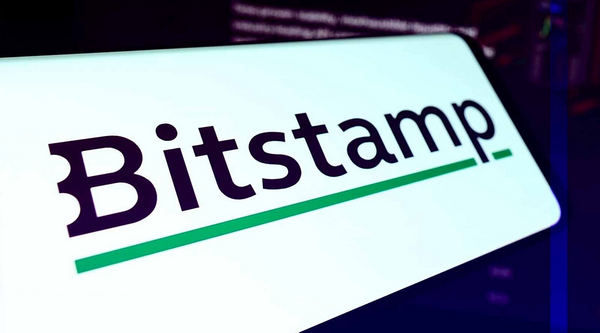
Bitstamp Contract Operation Process
Bitstamp, established in 2011, is one of the world's longest-standing and most respected cryptocurrency exchanges. The platform offers a wide range of spot and contract trading services, providing a convenient entry point for both retail and institutional investors.
This article delves into the intricate process of contract operation on Bitstamp, guiding users through each step with clarity and precision. From account creation to order execution and settlement, we will provide a comprehensive understanding of how contracts operate on this esteemed exchange.
1. Account Creation and Verification
To initiate contract trading on Bitstamp, you must first create an account. The process is straightforward and can be completed in a matter of minutes.
- Visit the Bitstamp website (https://www.bitstamp.net/) and click on the "Sign Up" button.
- Enter your email address, create a strong password, and agree to the Terms of Service.
- Complete the email verification process to activate your account.
- Navigate to the "Verification" page and provide personal information to enhance account security and trading limits.
- Follow the instructions to upload a government-issued ID and proof of address.
- Once the verification process is complete, your Bitstamp account will be fully functional.
2. Understanding Contract Trading
Before engaging in contract trading, it is crucial to comprehend the underlying concepts. Contracts, also known as futures, are financial instruments that allow traders to speculate on the future price of an asset without committing to an immediate purchase or sale.
- Bitstamp supports Perpetual Inverse Contracts, where settlement occurs in USDT rather than the underlying asset.
- Perpetual contracts do not have an expiry date, unlike traditional futures, and can be traded continuously.
- Margin trading magnifies profits and losses by allowing traders to trade with borrowed capital, which increases their exposure to risk.
- It is essential to manage risk effectively by using leverage appropriately and setting stop-loss orders to limit potential losses.
3. Funding Contract Trading
To commence contract trading on Bitstamp, you need to fund your account. The exchange supports a variety of deposit methods, including:
- Bank wire: Initiate a bank transfer from your registered bank account to Bitstamp's designated bank account.
- SEPA: For European Union residents, Single Euro Payments Area (SEPA) transfers provide a fast and cost-effective way to fund your account.
- Crypto deposit: Transfer supported cryptocurrencies directly to your Bitstamp wallet from an external wallet or exchange.
4. Placing an Order
Once your account is funded, you can start placing orders. Bitstamp offers advanced order types to cater to various trading strategies:
- Market Order: Execute an order at the current market price, ensuring immediate execution.
- Limit Order: Set a specific price at which you want to buy or sell a contract. The order will only be executed if the market price reaches or exceeds your specified price.
- Stop Order: Place an order that triggers a market order when the market price reaches a predetermined level, enabling you to enter or exit a position at a desired price point.
5. Order Execution and Settlement
When an order is placed, it enters the order book, where it matches with opposing orders. When a match is found, the order is executed at the agreed-upon price.
- Settlement occurs continuously for perpetual contracts, with profits and losses realized in real-time.
- Positions can be closed manually by placing an opposite order or automatically through a stop-loss or take-profit order.
- Trading fees are charged based on the order's taker or maker status and the trading volume.
Additional Resources
- [Bitstamp Contract Trading Guide](https://www.bitstamp.net/docs/contract-trading-guide): Comprehensive documentation on contract trading on Bitstamp.
- [Bitstamp Knowledge Base](https://help.bitstamp.net/): Resources and support articles covering all aspects of the Bitstamp platform.
- [Bitstamp Community Forum](https://community.bitstamp.net/): Engage with the Bitstamp community, share knowledge, and seek assistance from fellow traders.
- [Bitstamp Academy](https://academy.bitstamp.net/): Educational resources on cryptocurrency, trading, and blockchain technology.
Disclaimer:info@kdj.com
The information provided is not trading advice. kdj.com does not assume any responsibility for any investments made based on the information provided in this article. Cryptocurrencies are highly volatile and it is highly recommended that you invest with caution after thorough research!
If you believe that the content used on this website infringes your copyright, please contact us immediately (info@kdj.com) and we will delete it promptly.
- Toncoin (TON) Trading Pattern Shows Signs of an Approaching Breakout
- 2025-06-14 18:47:10
- title: XRP Price Records a Notable Recovery
- 2025-06-14 18:40:12
- Chainlink (LINK) Co-founder: Global Banks Poised to Embrace Chainlink
- 2025-06-14 18:35:12
- Dogecoin (DOGE) Holders Reach Nearly 8 Million, Surpassing XRP and USDC
- 2025-06-14 18:35:12
- Are meme coins finally making room for AI-driven contenders?
- 2025-06-14 18:30:12
- Can Pi Network Bounce Back as Price Slips Below $0.65?
- 2025-06-14 18:30:12
Related knowledge
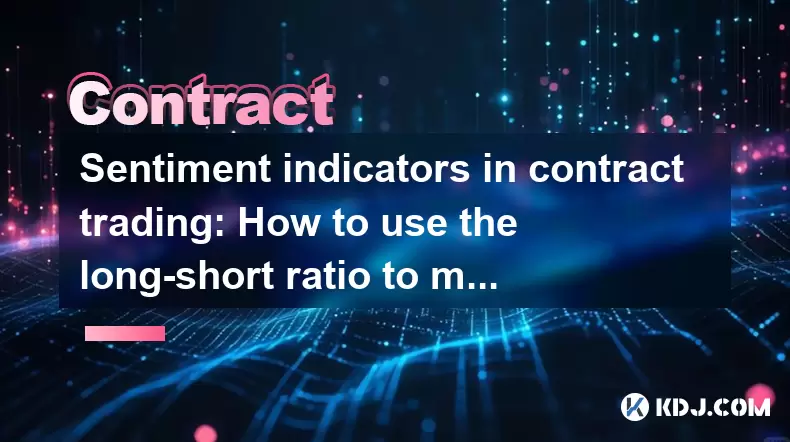
Sentiment indicators in contract trading: How to use the long-short ratio to make decisions?
Jun 14,2025 at 07:00am
What Are Sentiment Indicators in Contract Trading?In the realm of cryptocurrency contract trading, sentiment indicators play a crucial role in gauging market psychology. These tools help traders understand whether the market is dominated by bullish or bearish expectations. Among these indicators, the long-short ratio stands out as one of the most tellin...
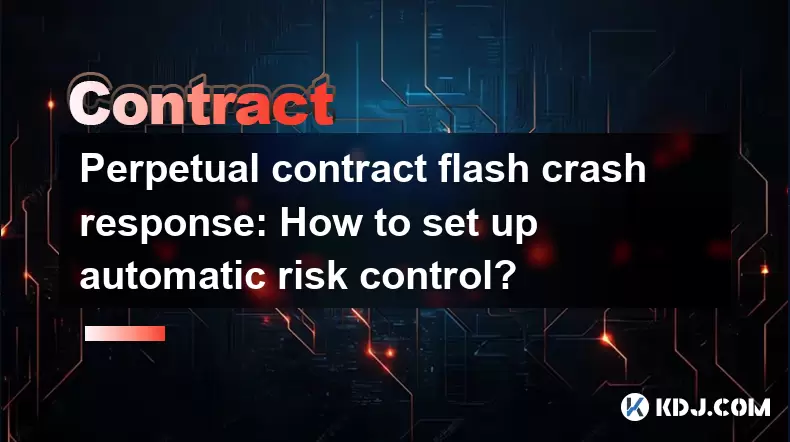
Perpetual contract flash crash response: How to set up automatic risk control?
Jun 13,2025 at 06:28pm
Understanding Perpetual Contract Flash CrashesA flash crash in the context of perpetual contracts refers to a sudden, sharp, and often short-lived drop or spike in price due to high volatility, thin order books, or algorithmic trading activities. These events can lead to massive liquidations across long or short positions on trading platforms. Traders m...
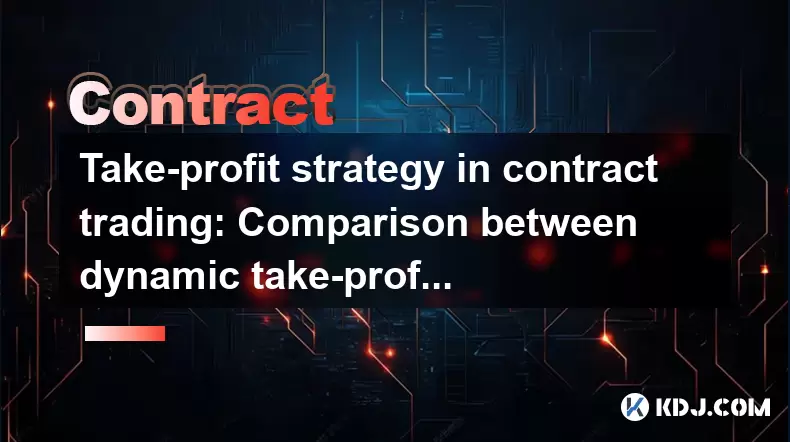
Take-profit strategy in contract trading: Comparison between dynamic take-profit and fixed take-profit
Jun 14,2025 at 07:08am
What Is Take-profit in Contract Trading?In the realm of cryptocurrency contract trading, take-profit refers to a predefined price level at which a trader automatically closes a profitable position. This mechanism is essential for risk management and profit locking. Traders use take-profit orders to ensure they secure gains without being swayed by emotio...
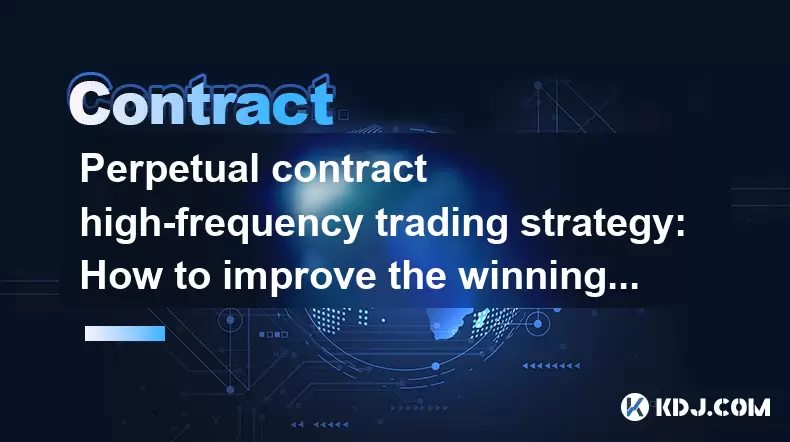
Perpetual contract high-frequency trading strategy: How to improve the winning rate of short-term brushing?
Jun 13,2025 at 04:14pm
Understanding the Basics of Perpetual ContractsPerpetual contracts are derivative financial instruments that allow traders to speculate on the price movement of an asset without owning it. Unlike traditional futures, perpetual contracts have no expiration date, making them ideal for short-term trading strategies like high-frequency trading (HFT). In the...
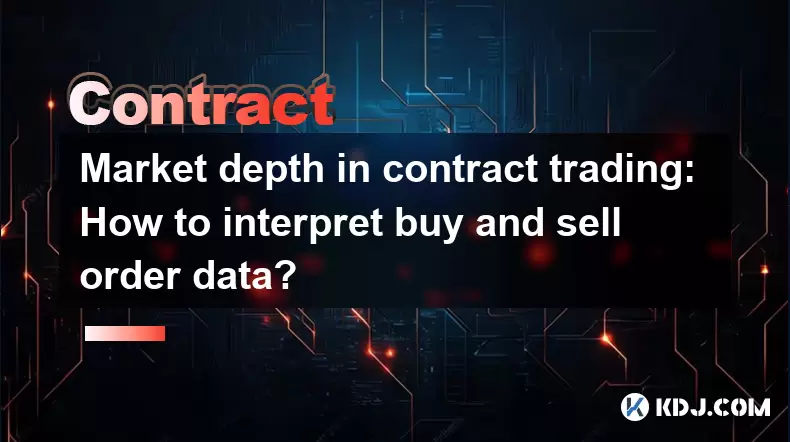
Market depth in contract trading: How to interpret buy and sell order data?
Jun 14,2025 at 02:57pm
Understanding Market Depth in Contract TradingMarket depth, often referred to as the order book depth, is a crucial concept in contract trading, especially within cryptocurrency markets. It represents the total number of buy and sell orders at various price levels for a specific asset. This data provides traders with insight into market liquidity, poten...
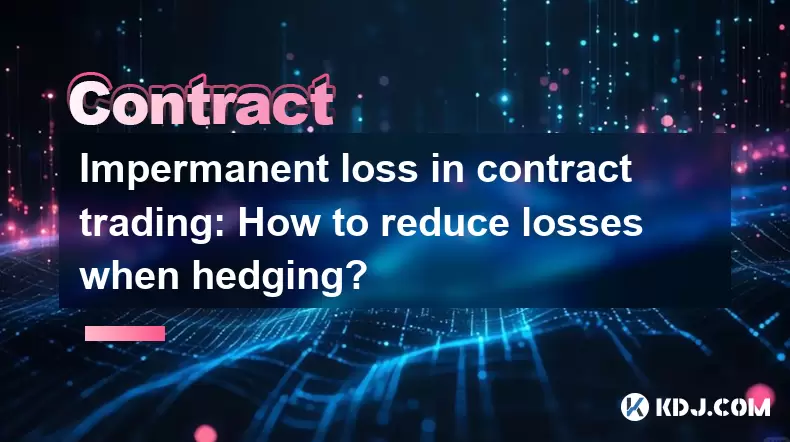
Impermanent loss in contract trading: How to reduce losses when hedging?
Jun 14,2025 at 10:49am
Understanding Impermanent Loss in Contract TradingImpermanent loss is a term commonly associated with liquidity provision in decentralized finance (DeFi), but it also plays a significant role in contract trading, especially when traders hedge their positions. In the context of contract trading, impermanent loss occurs when a trader opens both long and s...

Sentiment indicators in contract trading: How to use the long-short ratio to make decisions?
Jun 14,2025 at 07:00am
What Are Sentiment Indicators in Contract Trading?In the realm of cryptocurrency contract trading, sentiment indicators play a crucial role in gauging market psychology. These tools help traders understand whether the market is dominated by bullish or bearish expectations. Among these indicators, the long-short ratio stands out as one of the most tellin...

Perpetual contract flash crash response: How to set up automatic risk control?
Jun 13,2025 at 06:28pm
Understanding Perpetual Contract Flash CrashesA flash crash in the context of perpetual contracts refers to a sudden, sharp, and often short-lived drop or spike in price due to high volatility, thin order books, or algorithmic trading activities. These events can lead to massive liquidations across long or short positions on trading platforms. Traders m...

Take-profit strategy in contract trading: Comparison between dynamic take-profit and fixed take-profit
Jun 14,2025 at 07:08am
What Is Take-profit in Contract Trading?In the realm of cryptocurrency contract trading, take-profit refers to a predefined price level at which a trader automatically closes a profitable position. This mechanism is essential for risk management and profit locking. Traders use take-profit orders to ensure they secure gains without being swayed by emotio...

Perpetual contract high-frequency trading strategy: How to improve the winning rate of short-term brushing?
Jun 13,2025 at 04:14pm
Understanding the Basics of Perpetual ContractsPerpetual contracts are derivative financial instruments that allow traders to speculate on the price movement of an asset without owning it. Unlike traditional futures, perpetual contracts have no expiration date, making them ideal for short-term trading strategies like high-frequency trading (HFT). In the...

Market depth in contract trading: How to interpret buy and sell order data?
Jun 14,2025 at 02:57pm
Understanding Market Depth in Contract TradingMarket depth, often referred to as the order book depth, is a crucial concept in contract trading, especially within cryptocurrency markets. It represents the total number of buy and sell orders at various price levels for a specific asset. This data provides traders with insight into market liquidity, poten...

Impermanent loss in contract trading: How to reduce losses when hedging?
Jun 14,2025 at 10:49am
Understanding Impermanent Loss in Contract TradingImpermanent loss is a term commonly associated with liquidity provision in decentralized finance (DeFi), but it also plays a significant role in contract trading, especially when traders hedge their positions. In the context of contract trading, impermanent loss occurs when a trader opens both long and s...
See all articles

























































































